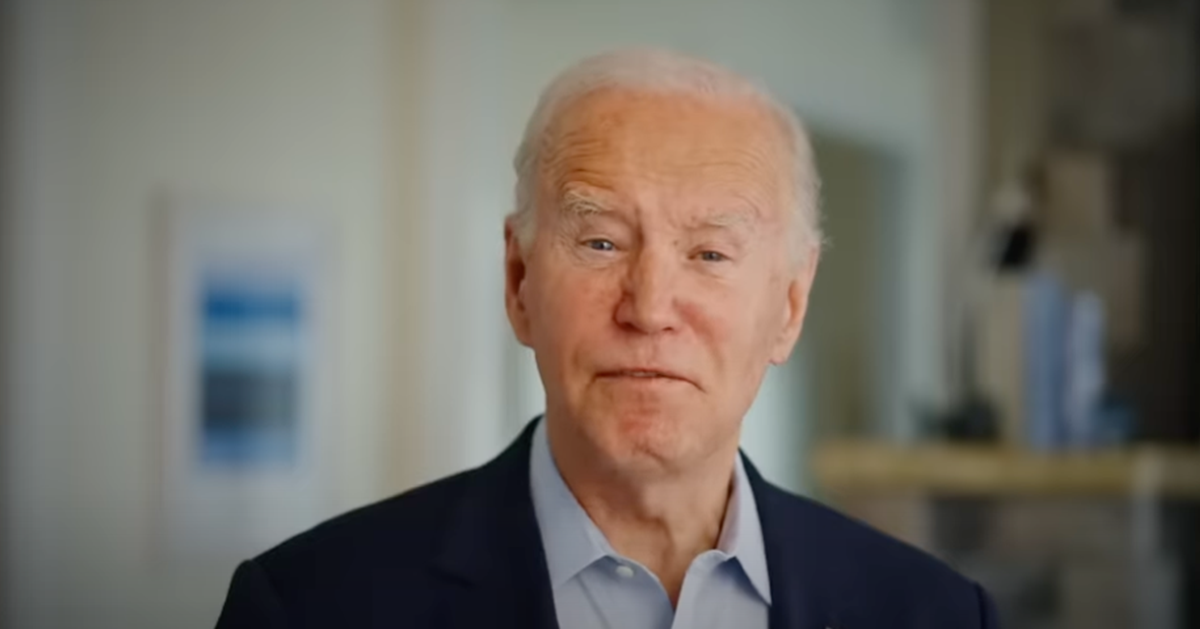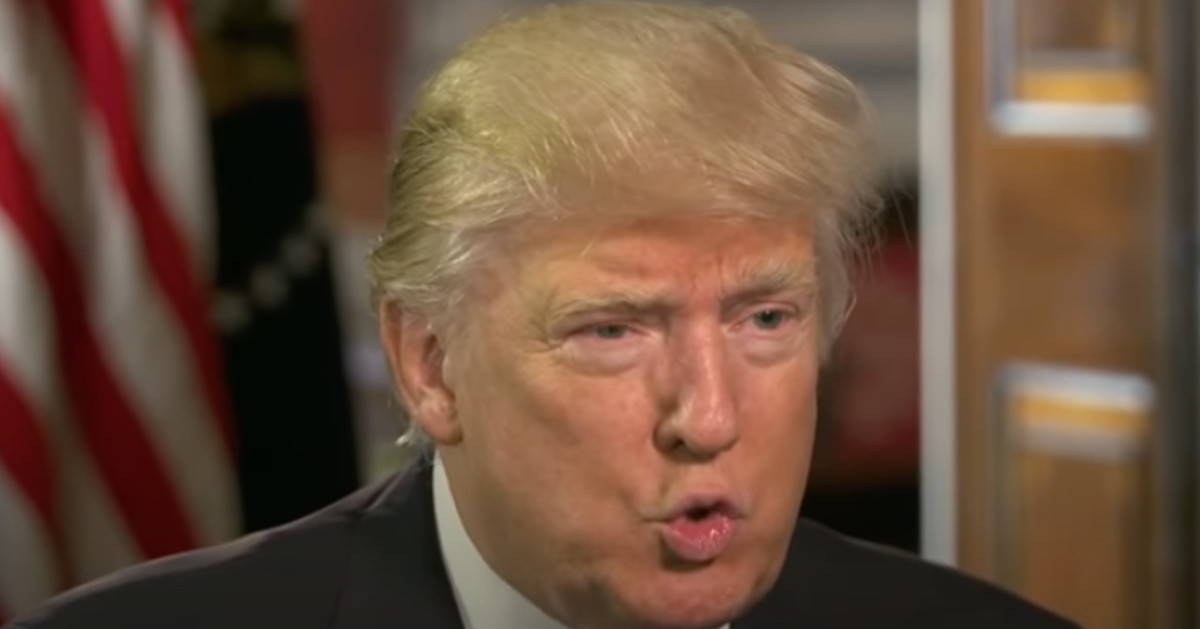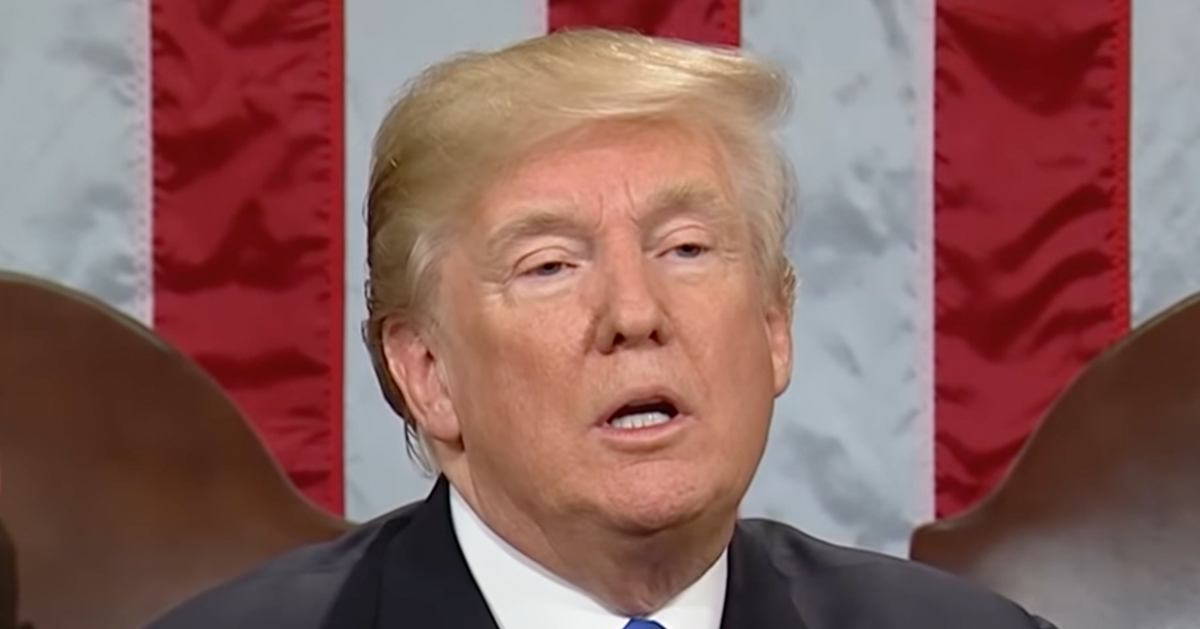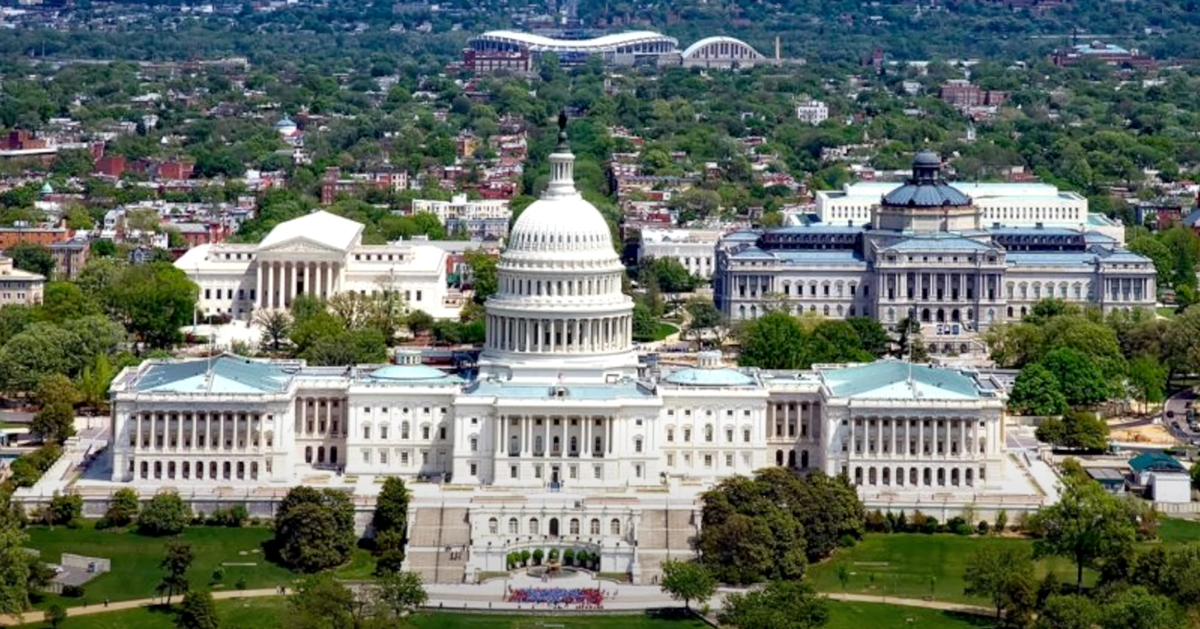Employment trends undergo notable shifts in second Trump term
In a development projected to reshape the American workforce, recent data from 2025 indicates a significant rise in employment among U.S.-born citizens, alongside a notable decline in positions held by foreign-born workers.
Since President Donalt Trump took office for a second time, taking over for former President Joe Biden, U.S.-born employment has surged by two million, while foreign nationals have seen their job numbers decrease by over half a million, as the Populist Times reports.
Trump has actively sought to overturn the employment trends that characterized the Biden administration, emphasizing jobs for U.S.-born citizens. During the first half of 2025, the U.S. saw substantial changes in employment demographics, with native workers seeing their roles grow by over 830,000 in June alone and a simultaneous drop of 348,000 foreign workers.
Shifts in workforce dynamics seen
After 2024, the Bureau of Statistics released data indicating a notable preference for foreign labor over domestic, as foreign-born workers experienced growth while U.S.-born employment declined by 1.1 million. These statistics underscored a previous report by the Center for Immigration Studies (CIS), which found millions of Americans unemployed and potentially replaced by immigrants.
A key element of this shift has been enforcement actions such as immigration raids. For instance, an ICE operation in Omaha led to the arrest of over 70 unauthorized workers at a local meat-packing facility, subsequently attracting a crowd of local job seekers eager to fill the vacancies.
This phenomenon has sparked discussions on the reliance on immigrant labor, with CIS director Steven Camarota suggesting that dependence on non-native workers allows evasion of deeper issues like labor force participation declines that span decades.
Local employment opportunities emerge
These developments have not gone unnoticed at the community level. According to NBC, following the Omaha raid, a surge of job applicants flooded Glenn Valley Foods, illustrating the immediate availability of local workforce candidates for positions vacated by foreign nationals.
Simultaneously, the discourse surrounding immigrant employment sparked new debates on labor market compensation.
Despite reports of large-scale layoffs, news emerged of considerable inquiries for foreign labor by tech giants like Microsoft, that have allegedly applied for thousands of H-1B visas to recruit international talent, often at less than competitive wages.
The Financial Express detailed claims that upwards of 82% of foreign labor requests were offered below local market rates, raising questions about wage fairness and market dynamics amid evolving immigration policies.
Future implications in spotlight
As the conversation continues, some political figures and policymakers support ongoing deportation measures, asserting they will fortify local employment landscapes.
Stephen Miller, a top Trump administration official, opined that widespread deportations would disrupt the employment sector to the benefit of American workers, ultimately yielding better wages and benefits.
These changes are set against a backdrop where concerns persist about an adequate labor supply. The CIS underscored that claims of worker shortages driving immigration overlook a vast number of homegrown Americans who remain out of work.
Yet, while recent data suggests advancements for native labor, the sustainability of these trends amid global economic shifts remains a topic of scrutiny and debate, with both business practices and legislative frameworks under the microscope.
Long-term ramifications closely watched
Moving forward, the United States faces the challenge of balancing these shifts with the demands of a diverse economy. As policy adjustments continue to unfold, they will undoubtedly influence the trajectory of labor markets, affecting stakeholders across the socio-economic spectrum.
The evolution of native and foreign employment especially in the context of technological and immigration policies remains a critical area of focus.
How businesses navigate these dynamics and adjust to reinforced employment regulations will play a defining role in shaping the future American workforce.
In light of these developments, further analysis and adaptive strategies will be crucial as the nation walks a fine line between economic growth, fair labor practices, and immigration reform directives that are beginning to redefine the employment landscape.





